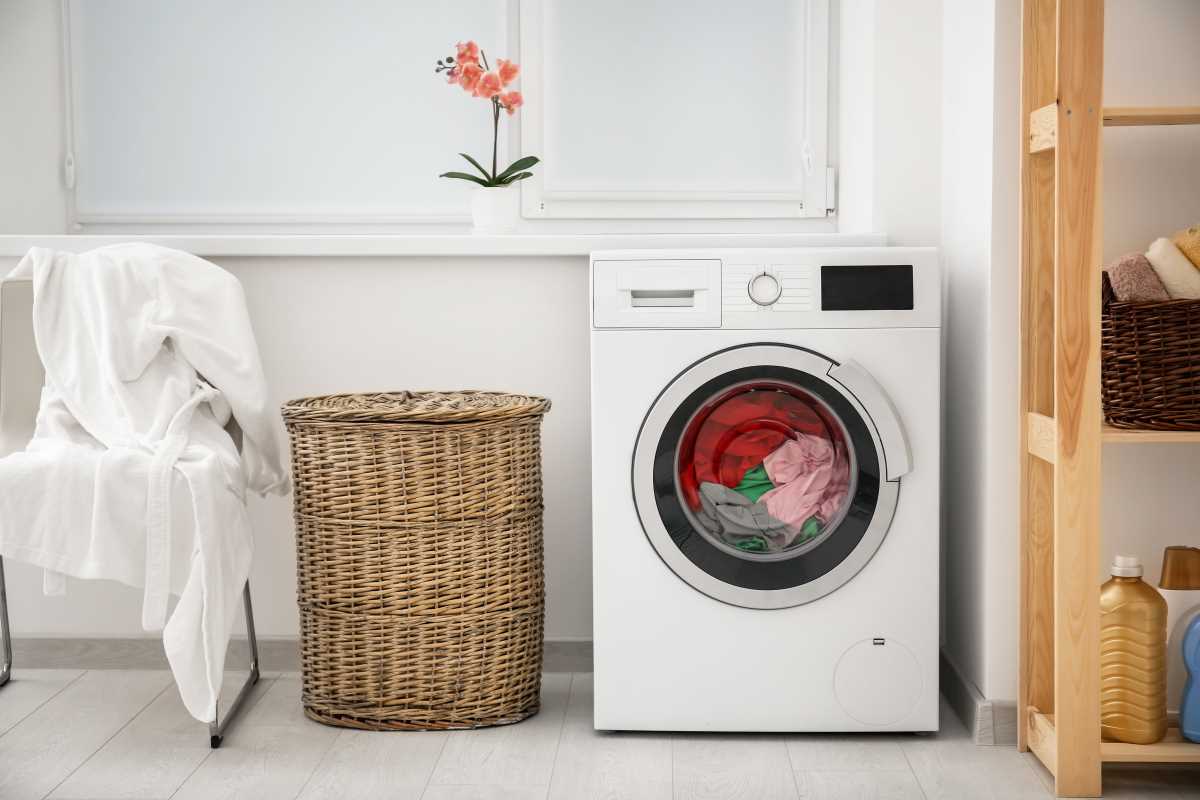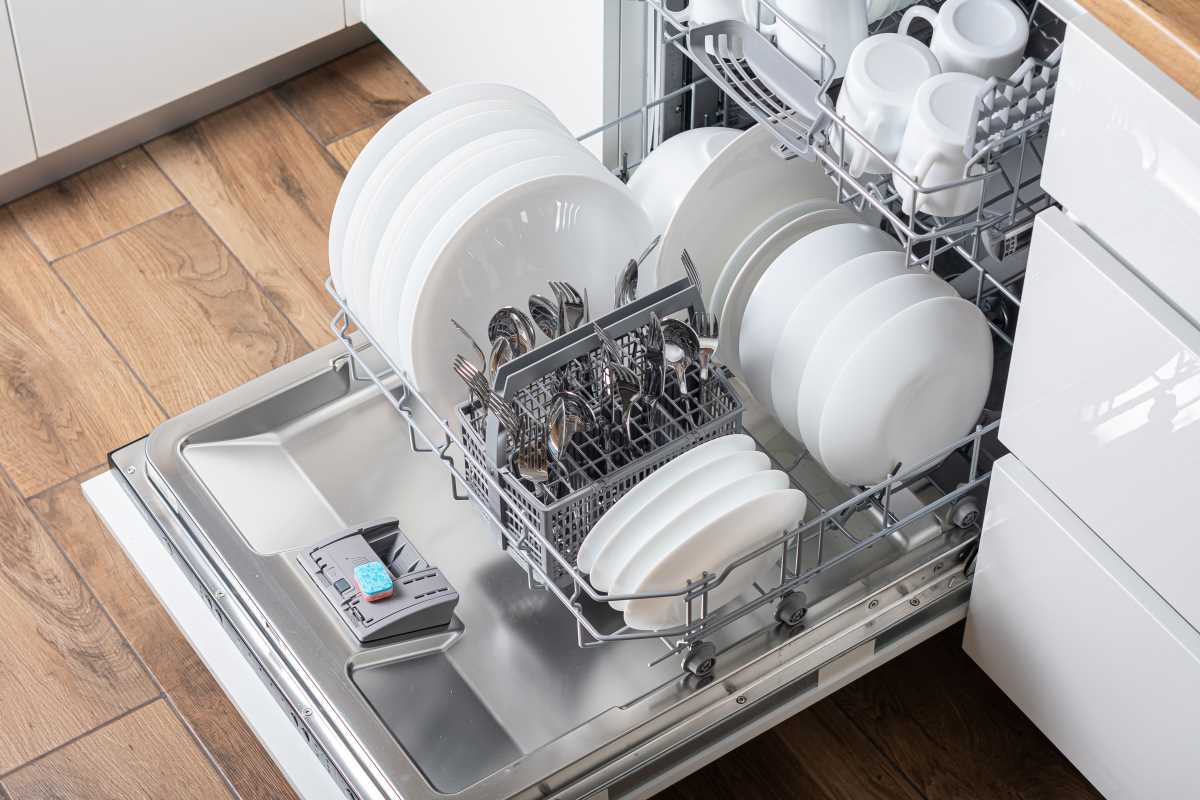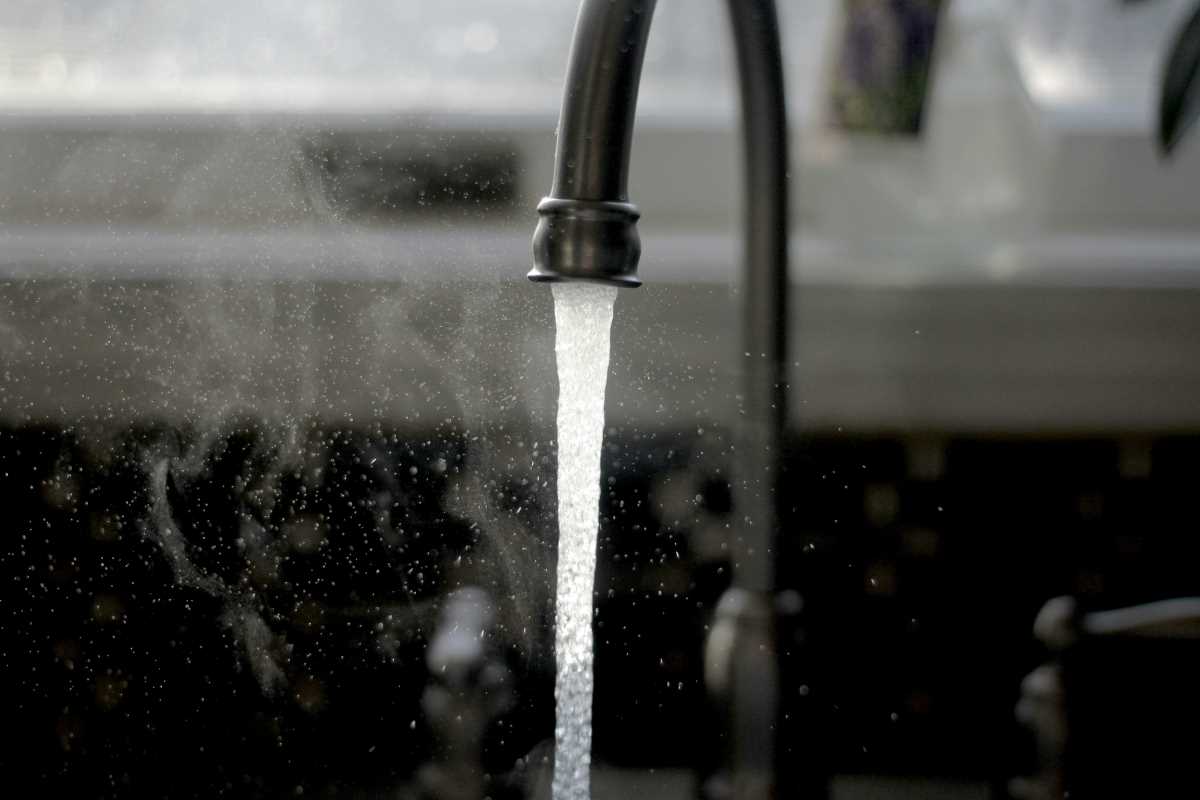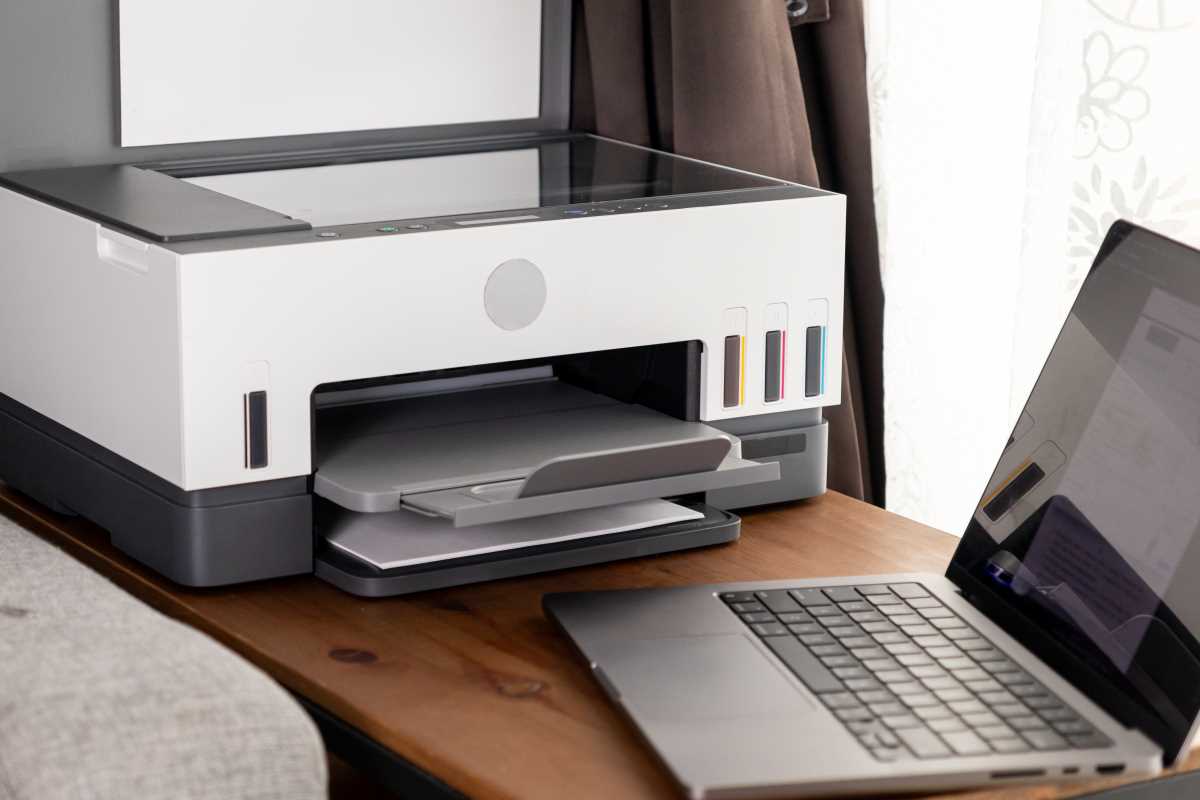A washing machine is one of the most used appliances in any home, taking on countless loads of laundry each month. Its efficiency and reliability often go unnoticed until something goes wrong, leading to the frustration of delayed wash cycles and unexpected repair bills. However, with a few easy maintenance habits and simple DIY tricks, it’s possible to keep a washing machine operating smoothly for years. Regular care prevents problems like clogs, leaks, or poor cleaning performance while also extending the life of the appliance. This guide highlights practical hacks to ensure a washing machine remains a dependable part of the household.
Clean the Drum Regularly to Prevent Build-Up
Washing machines are exposed to detergent residue, dirt, and mineral deposits after each use. Over time, these can accumulate inside the drum, leading to unpleasant smells and reduced efficiency. Running a regular cleaning cycle helps remove these residues, keeping the drum fresh and functioning at its best.
To clean the drum, use a mixture of white vinegar and baking soda. Add one cup of white vinegar and half a cup of baking soda directly into the empty drum, then run a hot water cycle. The vinegar dissolves residue while the baking soda tackles odors. For machines with a dedicated cleaning cycle, simply follow the manufacturer’s instructions to ensure a deep clean. Performing this task monthly prevents excess buildup and keeps clothes coming out clean and fresh.
Pay Attention to the Detergent You Use
Detergent plays a crucial role in both washing performance and machine maintenance. Using too much detergent or the wrong type can lead to excess suds, which create residue inside the machine and clog components like the drain or pump. High-efficiency (HE) machines, in particular, require low-sudsing HE detergents to operate effectively.
Measure detergent carefully according to load size and soil level, avoiding the temptation to “eyeball” the amount. Switching to liquid detergents or detergent pods, which dissolve more easily, can also reduce the risk of buildup compared to powdered versions. Proper detergent use not only protects the machine but also enhances washing results.
Inspect and Clean the Lint Filter
Not all washing machines have a visible lint filter, but those that do need regular attention. A clogged lint filter reduces water flow and can cause lint to accumulate on fabrics. For top-loading machines, the filter is often located near the agitator, while front-loading machines may have it along the door seal or at the bottom of the appliance.
Check the filter for trapped debris every month and rinse it under running water to remove lint and detergent residue. For filters that are difficult to access, referring to the user manual can help locate and clean them properly. This simple step ensures efficient water drainage and minimizes wear on machine components.
Keep the Door and Gasket Clean and Dry
The door gasket in a front-loading washing machine is prone to trapping moisture, dirt, and detergent residue, which can cause mold and mildew growth. Wiping down the gasket after each use prevents these problems and helps maintain a fresh-smelling machine.
Leave the door or lid slightly open between washes to allow ventilation and prevent moisture buildup. A regular check of the gasket for small items like socks, buttons, or coins ensures nothing is trapped that could damage the machine. Keeping the door and gasket clean and dry reduces odors and preserves the washer’s interior.
Check the Water Hoses for Leaks
Washing machine hoses are responsible for delivering water to the appliance, but over time, they can develop cracks, bulges, or leaks. Inspect the hoses every few months for signs of wear and replace them promptly if damage is visible.
Replacing standard rubber hoses with braided stainless steel hoses offers greater durability and resistance to pressure changes. Ensure that hoses are securely connected to both the machine and water supply to avoid loose fittings that could lead to flooding. Preventing leaks not only saves water but also protects surrounding areas from potential damage.
Balance the Machine and Secure the Feet
An unbalanced washing machine not only makes excessive noise but can also damage internal components over time. Ensure the machine is level on the floor by adjusting its feet. Most models have adjustable feet that can be tightened or loosened to achieve proper balance.
Place a spirit level on top of the machine during adjustment to confirm it’s even. For added stability, placing rubber pads or anti-vibration mats under the feet can absorb motion and reduce noise. A balanced machine runs more smoothly and experiences less wear over time.
Flush the Water System to Remove Deposits
Hard water can result in mineral buildup within the washing machine’s pipes and components. Flushing the water system once or twice a year helps to prevent this type of buildup and keeps water flowing efficiently.
Run a wash cycle with a descaling agent or a cup of white vinegar and no laundry. This action dissolves limescale deposits and clears the system, improving both water efficiency and washing performance. Regular descaling is especially important in regions with hard water to ensure the long-term health of the appliance.
Use the Right Wash Settings
Using the appropriate wash cycle for each load of laundry protects both the clothes and the machine. High-speed spin cycles or heavy-duty programs for lightweight loads can place unnecessary stress on the drum and motor.
Choose cycles that match the fabric type and soil level, opting for gentler settings when possible. Energy-efficient cycles that use less water and power not only conserve resources but also reduce wear on the machine over time. Familiarity with the various settings and programs ensures the appliance is used efficiently for every load.







